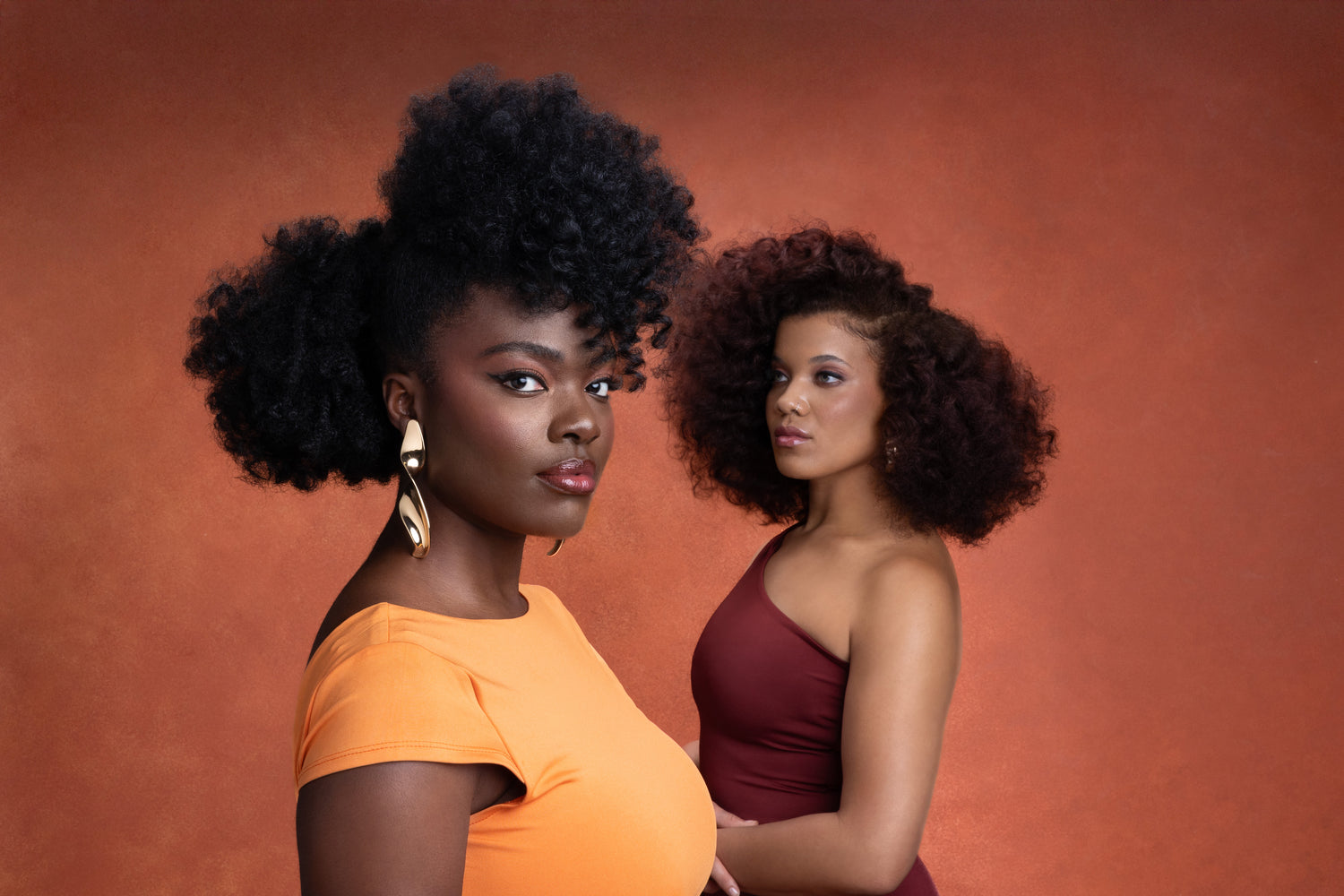Hair porosity is something of a buzzword in the natural afro hair community. We are frequently asked what hair porosity is, what products are best for high porosity hair and whether porosity matters. Let's start with a definition.
What Exactly is Hair Porosity?
Hair porosity is a measure of how easily water is taken up and lost. In the strictest sense it refers to small pores, or gaps, in a structure. The hair is made up of a cuticle, cortex and medula. All hair will have small gaps in the cuticle due to damage that chips away at the cuticle that covers the protein cortex. This damage can come from blow drying, sunlight exposure to UV rays, bleaching and combing, amongst other things.
When people speak about 'high porosity' hair, they refer to hair that is more porous than undamaged (or 'low porosity') hair. Hair that is porous is more susceptible to swelling.
The reason damaged hair is porous, or 'high porosity' is that the damage leads to loss of lipids - fats on the hair surface. Lipids are hydrophobic (water-repelling) and usually prevent water from entering the hair. Without these lipids hair will swell more and this can lead to further damage from hygral fatigue.
In simple terms: the longer (thus older) your hair, the more damaged — or porous — it will be. If you use heat and chemicals on your hair, it is more likely to be 'high porosity.' If you have recently big chopped, it is likely to be 'low porosity.' The ends of your hair will always be more porous than the roots.
How Do I Work Out My Hair Porosity?
There are many blogs on the internet that suggest a “sink or float” test can determine porosity, however, there are various reasons why this is not a valid test. For one, oil always floats on water and hair is coated in oil. If you would like an in-depth explanation of why dropping a strand of hair in water does not determine porosity, check out The Natural Haven 'Float or Sink' post.

Most people want to know how porous their hair is so that they can choose the best products. The most important thing to know is the best way to moisturise your hair with quality products.
Hair that is long, damaged or 'high porosity' needs more oils or creams to seal in moisture. If you find your hair is very difficult to moisturise it may be more porous. For 'high porosity hair' you will find that using the LOC method and trying regular deep conditioning will improve the feel and appearance of your hair.
Hair that is short, untreated chemically and well looked after is unlikely to have much cuticle damage and so will be 'low porosity.' For hair that is less porous, lighter moisturisers work well.
Learn more:
How do you reduce constant shedding and get your hair to grow at the same rate all over your head?

